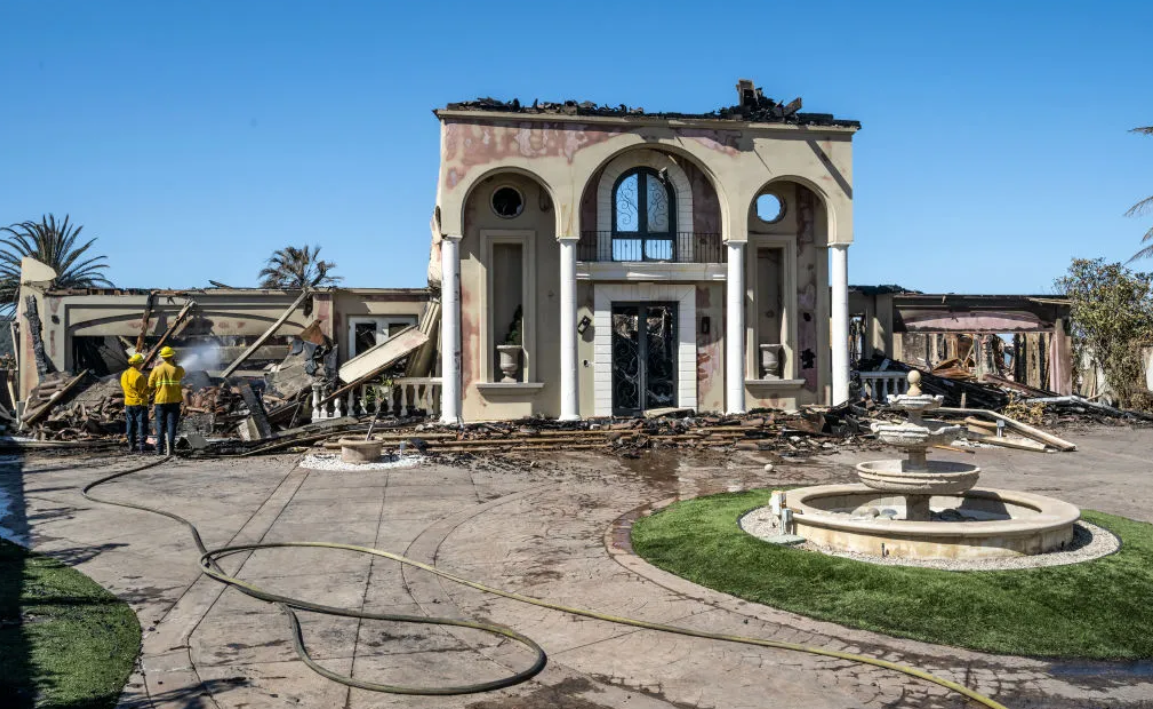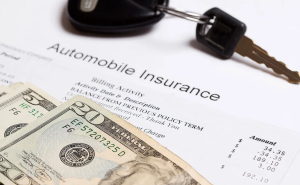Navigating Home Insurance for Natural Disasters
3 min read
Our homes, the fortresses of comfort and security, are occasionally under threat from nature’s unpredictable forces. Natural disasters such as hurricanes, earthquakes, floods, and wildfires can wreak havoc on our properties. In this article, we’ll explore the critical topic of protecting your home from natural disasters by securing the right insurance coverage. Let’s delve into the strategies and considerations that can help you fortify your haven.
Understand Your Risks:
Before securing insurance, assess the specific natural disaster risks in your region. Different areas are prone to different perils, and understanding your vulnerability is the first step in choosing appropriate coverage. Coastal areas may face hurricane risks, while regions near fault lines might be susceptible to earthquakes.
Comprehensive Coverage for All Hazards:
Opt for comprehensive home insurance that covers a broad spectrum of natural disasters. A policy that includes protection against wind damage, flooding, earthquakes, and wildfires ensures that your home is shielded against various potential threats. Check policy details to confirm coverage for specific disasters relevant to your location.
Consider Additional Policies:
Depending on your location and the primary risks you face, consider additional insurance policies that provide specialized coverage. For example, if you live in a flood-prone area, a separate flood insurance policy might be necessary, as standard home insurance typically doesn’t cover flood damage.
Regularly Review and Update Policies:
Natural disaster risks can evolve over time due to changes in climate, landscape, or infrastructure. Regularly review and update your insurance policies to ensure they align with the current risks in your area. Periodic assessments help you stay adequately covered as conditions change.
Mitigate Risks Through Home Improvements:
Take proactive measures to mitigate potential risks. Strengthen your home against hurricanes with storm shutters, reinforce structures for earthquake resistance, and implement fire-resistant landscaping to reduce wildfire hazards. Some insurers offer discounts for such risk-mitigating improvements.
Document Your Belongings:
In the aftermath of a natural disaster, it can be challenging to recall the details of your possessions for insurance claims. Create a comprehensive inventory of your belongings, including photographs and receipts. This documentation streamlines the claims process and ensures you receive fair compensation.
Emergency Preparedness:
In addition to insurance, have an emergency preparedness plan in place. This includes evacuation routes, emergency contacts, and essential supplies. Being prepared can minimize the impact of a natural disaster on your property and your family.
Safeguarding your home from natural disasters involves a combination of insurance coverage, risk mitigation efforts, and emergency preparedness. By understanding your specific risks, choosing comprehensive coverage, and staying proactive in risk reduction, you can fortify your haven against the unpredictable forces of nature. Remember, the right insurance is not just a financial safeguard; it’s a crucial step in ensuring that your home remains a resilient sanctuary in the face of adversity.












